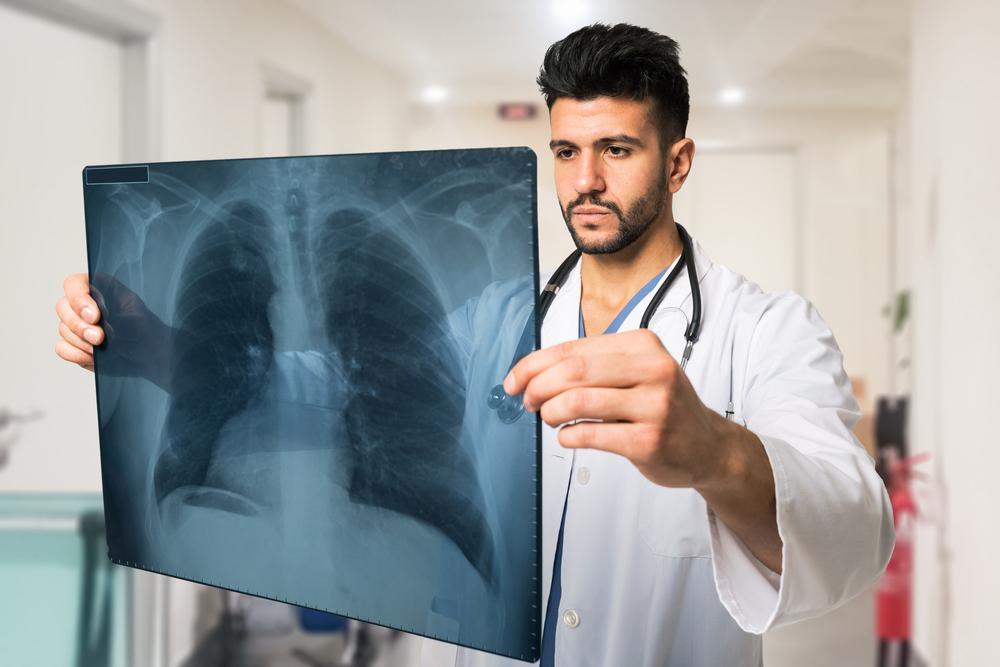
Non-Small Cell Lung Cancer: Types, Causes, and Treatments
The majority of people who are suffering from lung cancer have non-small cell lung cancer (or NSCLC). In fact, NSCLC encompasses approximately 85% of lung cancer patients in total, making this the most common form. NSCLC is classified as any type of epithelial lung cancer other than small cell lung carcinoma (or SCLC). Timely treatment of NSCLC can improve prognosis of the condition. This article explains the types, causes, and treatments of non-small cell lung cancer.
Let’s look at the main causes, types, and treatments for NSCLC:
1. Types of NSCLC tumors
There are three types of NSCLC tumors, which include the following:
- Large-cell carcinoma: Also known as undifferentiated carcinoma, this type of NSCLC tumors spreads and grows quite rapidly. Due to this, it is quite difficult to treat this type. It accounts for about 10 percent of lung cancers.
- Squamous cell carcinoma: Also known as epidermoid carcinoma, this type of NSCLC begins in cells that line the lungs’ inner airways. Around 25 percent of all lung cancers are of this type.
- Adenocarcinoma: Adenocarcinoma begins in the cells inside the air sacs that form mucus and various other substances in the outer portion of the lungs. It is the most prominent type of NSCLC tumor found among both non-smokers and smokers, as well as people who are below the age of 45. It grows gradually as compared to other lung cancers.
2. Causes of NSCLC
In many instances, people who are smokers or have been exposed to second-hand smoke suffer from this disease. The other probable causes of this disease include:
- Air pollution
- Mineral and metal dust
- Asbestos
- AIDS/HIV
- Radiation treatment in the breast or chest
- Radon (a radioactive gas that is naturally found in rocks and soil)
3. Treatment of NSCLC
The doctor may recommend a combination of non-small cell lung treatments depending on the type and location of the cancer. The treatment options include:
- Surgery: If the patient is in the early stage of cancer, the doctor might advise going for surgery to remove the cancer. In the surgery, either the entire lung or a part of it can be removed. In the case of other forms of surgery, the cancer cells are destroyed by freezing them or making use of a heated needle or probe.
- Radiation: Radiation can help kill the cancer cells that are left after surgery. Moreover, it can treat specific cancers, which the doctor was unable to remove during surgery. The radiation can be the result of a radioactive substance inserted in the patient’s body or in an area that is near the cancer. It may also come from a high-energy beam that is targeted at the cancer with the help of a special machine.
- Chemotherapy: Chemotherapy might be given intravenously or as a pill. The doctor might put the drugs in a space within the body, specific organ, or in the patient’s spinal fluid to attack the cancer cells in that region. The patient can be given chemotherapy before surgery to reduce the tumor. It can also be given after surgery, or even the patient has not undergone surgery.
- Targeted therapy: These antibodies and drugs curb cancer cells from developing and spreading through targeted attacks on these cells. Targeted therapy has certain side-effects, and the doctor will advise the patient if it is suited to their stage of cancer.



